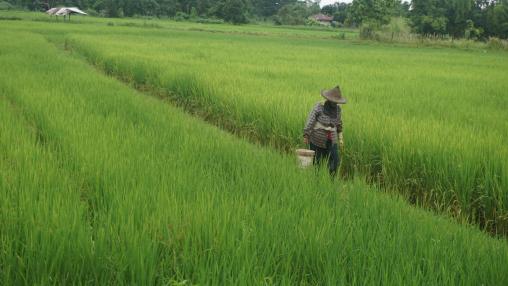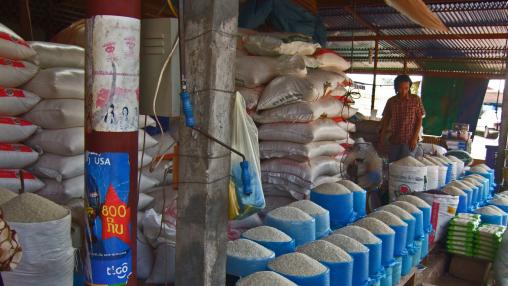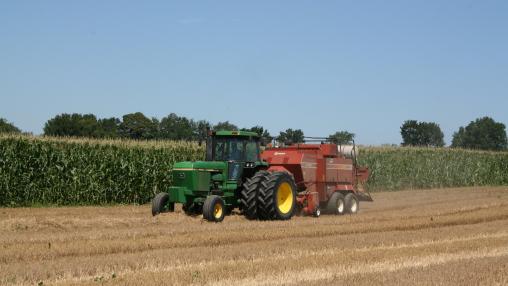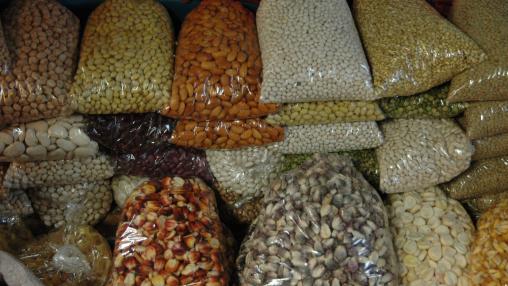The AMIS Market Monitor provides a synopsis of major developments in international commodity markets, focusing on wheat, maize, rice and soybeans. The analysis is a collective assessment of the member organizations of AMIS concerning the international market situation and outlook.
Agricultural Market Information System (AMIS) Market Monitor October 2024
weather-influenced market fundamentals, the export prices for wheat, maize, and soybeans all increased in September, though
they remained below their levels from a year earlier. Rice prices stayed softer. Fertilizer markets, generally well-supplied, anticipate
seasonally increased activity in the last quarter of the year. In September, India lifted its 14-month export ban on non-basmati rice,
replacing it with a minimum export price.

Fertilizer Prices Declining But Remain High Globally: FAO Food Price Index and AMIS Market Monitor Released
The FAO Food Price Index declined slightly in August due to falling sugar, meat, and cereal prices. The Index was just over 1 percent lower than its August 2023 value and nearly 25 percent below the peak reached in March 2022.
Agricultural Market Information System (AMIS) Market Monitor September 2024

Cereal Prices Fall in June, Concerns over Weather Remain
After three consecutive months of increasing prices, the FAO Food Price Index remained steady in June, with rising vegetable oil, sugar, and dairy prices balancing falling cereal prices. The Index remained 2.1 percent below its June 2023 level and almost 25 percent below the peak seen in March 2022.
Agricultural Market Information System (AMIS) Market Monitor July 2024
harvests in Argentina and Brazil are likely to fall short of expectations. Exceptionally wet weather in parts of the European Union could bring up quality concerns for wheat.
May 2024 was the 12th consecutive month of record-breaking global temperatures. Should this trend persist, there will likely be negative impacts on agriculture from extreme heat, particularly if heat occurs during periods of moisture stress or the key reproductive stages that determine final yields.
AMIS Market Monitor will return with fresh features and on a new publication schedule on Friday, 6 September.

Concerns over wheat supplies and prices, plus the impact of biofuels on vegetable oil markets: Latest FAO Food Price Index and AMIS Market Monitor released
The FAO Food Price Index rose by nearly 1 percent in May due to increased cereal and dairy prices. It remained 3.4 percent below its May 2023 levels and nearly 25 percent below the peak seen in March 2022.
Agricultural Market Information System (AMIS) Market Monitor June 2024

FAO Food Price Index Rises Slightly, But Remains Significantly Lower than April 2023
The FAO Food Price Index rose marginally in April but remained 7.4 percent below its April 2023 level. The slight increase was driven by rising meat, vegetable oil, and cereal prices.
Agricultural Market Information System (AMIS) Market Monitor May 2024

FAO Food Price Index Rose Slightly in March
After seven months of declines, the FAO Food Price Index rose slightly in March due to increased vegetable oil, dairy, and meat prices. The Index remained 7.7 percent below its March 2023 levels.